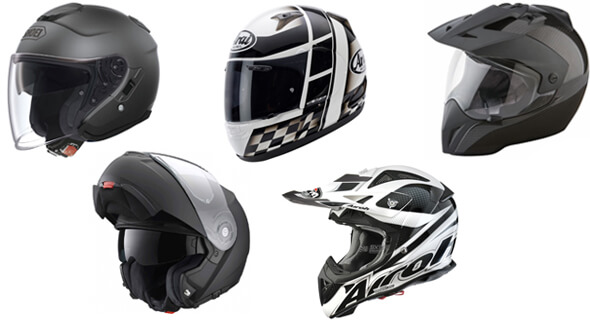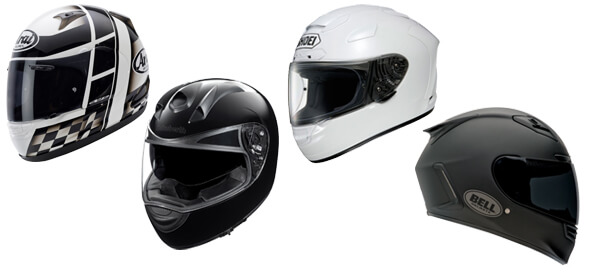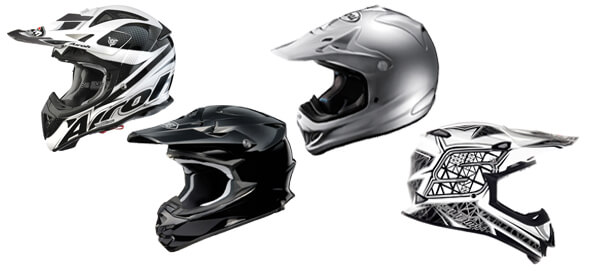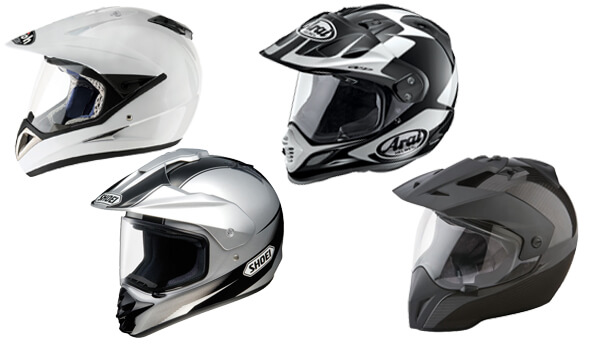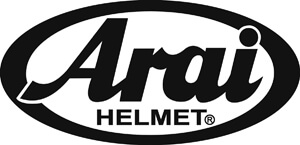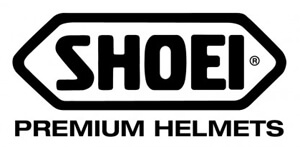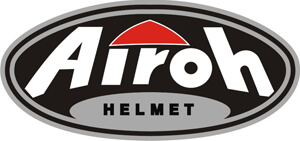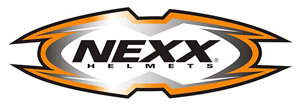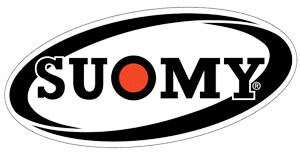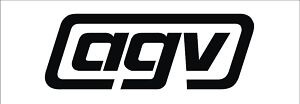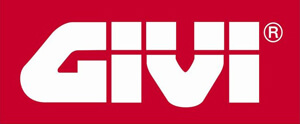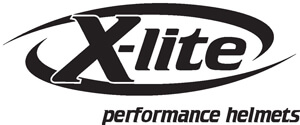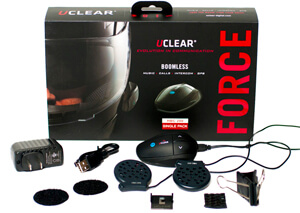Allroad Motorcycle Riding Helmets
There are a huge number of allroad touring and riding helmets to choose from. Basically there are 4 different helmet types such as an open face-, a modular-, a full face- and an offroad helmet. They are all used in allroad MC touring. Depending on routing preferences and comfort issues, the rider could come up with few good alternatives. Urban allroad touring sets the same requirements as motorcycle touring generally, but adventure touring at the opposite end, represents quite different requirements. Each helmet type has it`s strong points and weaknesses for allroad and adventure touring. Therefore any helmet would be a compromise.
Fitting & Sizing Motorcycle Helmets
Finding the right motorcycle helmet size is usually not complicated, but the shapes of the heads vary and that may at first miss lead to one size too big helmet. Some of the helmets are better for certain head shapes and some of the helmets can be fine tuned for an individual shape, but the size itself is determined by measuring the head from the widest line above the eyebrows. This can be done with a soft tape measure in front of the mirror or by using a string to get the full length which can be then transferred to a tape measure easily. This measurement points to specific size in each helmet sizing chart. Note that sizing charts vary a little bit according to helmet producer. Therefore use the chart from the producer in question.
Test by the motorcycle helmet dealer one size larger and smaller too, but note that the helmet liner will adapt to the individual shape and if the helmet is slightly loose, giving no pressure or not snug enough, there is nothing to adapt to which leads to one size too large helmet after the brake in. Due to different head shapes, a new motorcycle helmet should slightly press the cheeks and the widest point of the head, before it brakes in. The extra pressure should not be painful at all. If you are unsure, wear the helmet in the store for a few minutes and see if it starts to feel right. Sometimes the shape of the head is not within the liner tolerances of the helmet and another brand is the only way forward, not the one size larger helmet.
Open Face Motorcycle Helmets
The open face motorcycle helmets provide one of the best ventilation features and a lot of fresh air on the face while riding, but also the smallest protection covering without the chin bar a 3/4 of the head compared to a full face helmet. Statistically a third of motorcycle crashes include a major impact on the chin area. Therefore I would not recommend to use open face motorcycle helmets in versatile allroad or adventure touring conditions, unless it is a crossover helmet with an attachable chin guard. The open face motorcycle helmet is in it`s best on smaller roads in hot urban touring conditions with moderate speed and hardly any rain or insects. Both the rain and the insects pinch quite nicely on the face at a high speed and riding without a full flip up visor would be unpleasant in those conditions. In addition the eye safety would be compromised and riding without protective glasses would be anyhow out of the question.
Modular Motorcycle Helmets
The modular motorcycle helmets provide a lot comfort and the widest practicality for riders with eye-wear. The flip up face part opens and allows to put the helmet on without taking the glasses off. This may be a small issue for those who keep the helmet on almost all day long and do not need to take the helmet off frequently. It is simply more practical and comfortable to use a modular helmet with the glasses. Some of the modular helmets have also separate flip down sun visors which is good in constant sun light, even with the sun glasses. Another advantage of a modular motorcycle helmet construction is that the chin bar lining can be extended towards the throat which means that the helmet can be better isolated against the noise. Therefore modular helmets are often the most quiet ones which is a clear comfort factor, but this feature translates also to impracticality with the hydration systems. There is hardly any room to flip the mouth valve in and take a zip every now and then while riding. On the other hand, modular helmets are also one of the heaviest and less ventilated helmets due to the construction and versatile features.
More often a modular motorcycle helmet offers a pre made integration with a helmet intercom which can be more aerodynamic and offer stronger reception with an integrated radio and bluetooth antenna. Riding in a group and using a bluetooth connection between the motorcycle riders is common. The better the reception the longer the distance between the riders can be. Even without the intercom integration the modular motorcycle helmet offers with the open face feature better conversation abilities at the gas stations or when having a short brake on the road. A modular motorcycle helmet is in it`s best when using glasses, riding with a passenger, generally in urban touring, in moderate temperatures and riding at high speed. In the hottest conditions the ventilation can be too slow and insufficient.
Full Face Motorcycle Helmets
The integral full face motorcycle helmets provide the best protection level and some of the best aerodynamic forms with a reasonable weight. The construction is simple and full face helmets are often designed with the high speed in mind. Often the ventilation is not as efficient as offroad helmets can offer and not as quiet as the best modular helmets are, but there are few exceptions. Usually the full face helmets offer just enough room for the hydration system valves to flip in too. A full face motorcycle helmet is in it`s best in urban high speed touring, moderate temperatures, riding solo without the pillion and the eye-wear.
Offroad Motorcycle Helmets
The road legal offroad motorcycle helmets with goggles provide the highest ventilation and practicality with a hydration system. There are often extensive ventilation canals all around the head providing fresh air and efficient cooling which makes offroad helmets the best choice in the hottest conditions. The eye-port is usually large enough to allow air streaming around the goggles and maximizing the cooling effect on the face. Offroad goggles provide the best visibility in dusty offroad conditions and are able to keep the eyes clean. The fine dust simply goes everywhere and the helmets with visors are not able to protect the eyes from it. The goggle lens is also much closer to the eye compared to visor lens which minimizes the glare effect. In addition the foam around the goggles prohibits the sweat getting in the eyes. Goggles are also very versatile allowing to change the lens quickly e.g. after the sunset from a tinted lens to a clear one. A long chin bar design provides more room in front of the mouth which is good for hydration valves and helmet intercom mic booms. The offroad motorcycle helmets are often from the lightest end of helmets and offer therefore extra comfort for long days of riding.
On the other hand, the offroad motorcycle helmets offer usually very little noise reduction features and less aerodynamic design for high speed riding. In offroad riding at relative low speed the peak performs very well, but at high speed the peak may be problematic from the turbulence and air flow point of view. Especially if the windscreen is short, the peak often pulls the helmet up and backwards. The peak design and integration with the helmet can be more closed creating an air buffer and e.g. allroad helmets are deigned more open. The shape of the peak and the angle to the air flow makes adjustments challenging, but a tall touring windscreen clears the issue easily. The eye-port is bigger than the goggles leaving a little bit skin unprotected and therefore flying debris and hard shell insects sting at high speed. Offroad goggles make the vision a little bit more narrow compared to visors. This is relevant in the city traffic, but otherwise hardly an issue. I usually take the goggles off in the city and rely on sun glasses. When riding in the rain with an offroad helmet, some of the water runs on the face, down to the neck and in the jacket which makes offroad helmets the worst choice in a chilly rain. Offroad motorcycle helmets are ideal in the hottest and most challenging offroad conditions when ventilation, visibility and frequent hydration are the key factors.
Allroad Motorcycle Helmets
Allroad motorcycle helmets combine the best features of offroad and full-face helmets for dual sport motorcyclists. Ventilation efficiency comes very close to offroad helmets and the flip up visor offers the best protection agains the elements and functionality, but also the widest vision. The chin guard provides more room for the hydration system nozzle. The peak gives additional protection against the sun light and usually directs the air flow efficiently in the vents improving the overall ventilation. The allroad motorcycle helmets are designed for high speed with proper aerodynamic features. The flip up visor is the best choice at high speed, in the urban traffic and especially in the rain. The visor shield allows to utilize the wide eye-port to the fullest and see hard left and right much better than the goggles. Even hard shell insects can not sting the bare skin around the goggles which can be annoying detail. The flip up visor is more useful at variable speeds and e.g. when catching some fresh air on the face without stopping. Goggles are more complicated that way. Some of the allroad helmets can be used with offroad goggles when the visor is still attached and that would be the best scenario.
The allroad motorcycle helmets are the best choice for touring on various surfaces at variable speeds and in hot conditions, but never the less they have also few disadvantages. The visor shield is not perfect in every single way. In dusty offroad conditions, the fine dust goes basically everywhere and without offroad goggles the dust goes also in the eyes. A dusty visor creates a lot glare which reduces the visibility and riding the visor lifted up is not an option even with eye-wear. Stones, debris and insects can damage the eyes very easily. Goggles are simply the best way because the lens comes a lot closer to the eye which minimizes the glare effect and keeps up the best possible visibility in challenging conditions. Goggle lenses are also much easier to keep clean and wash frequently. In addition the goggles the best way to keep the eyes free from sweat.
Share Your Passion On


